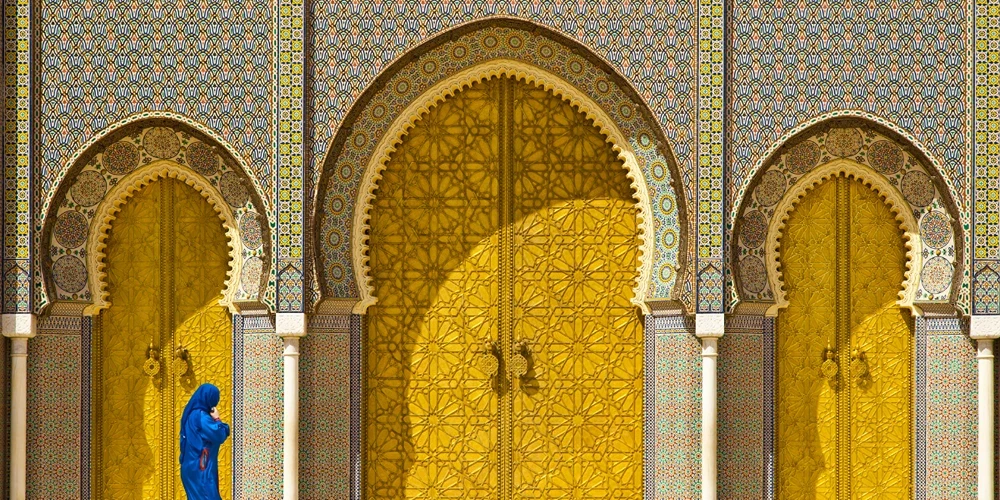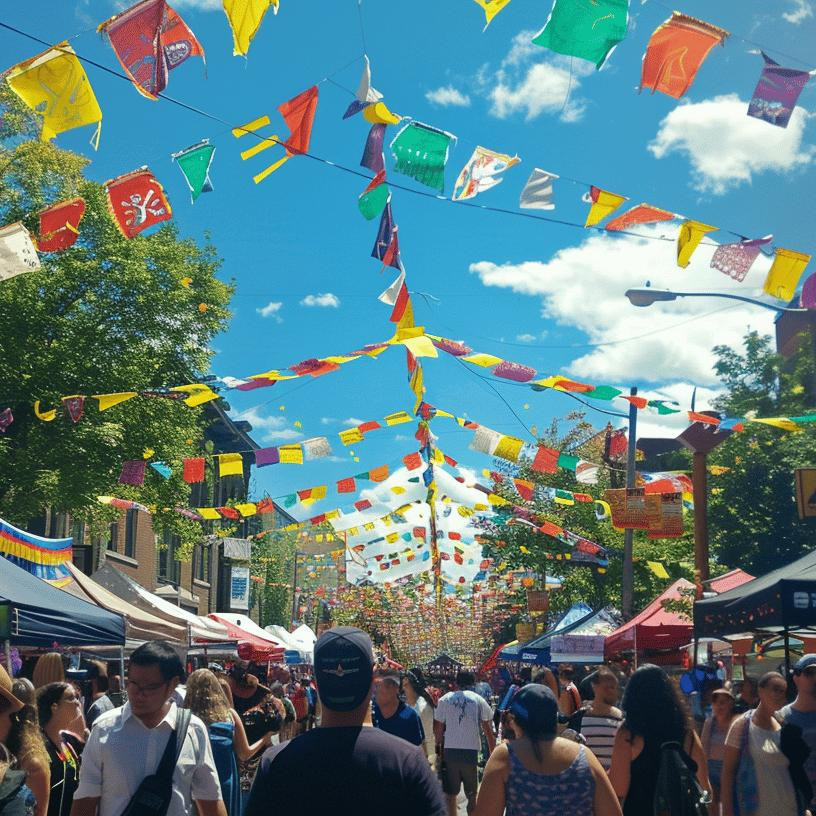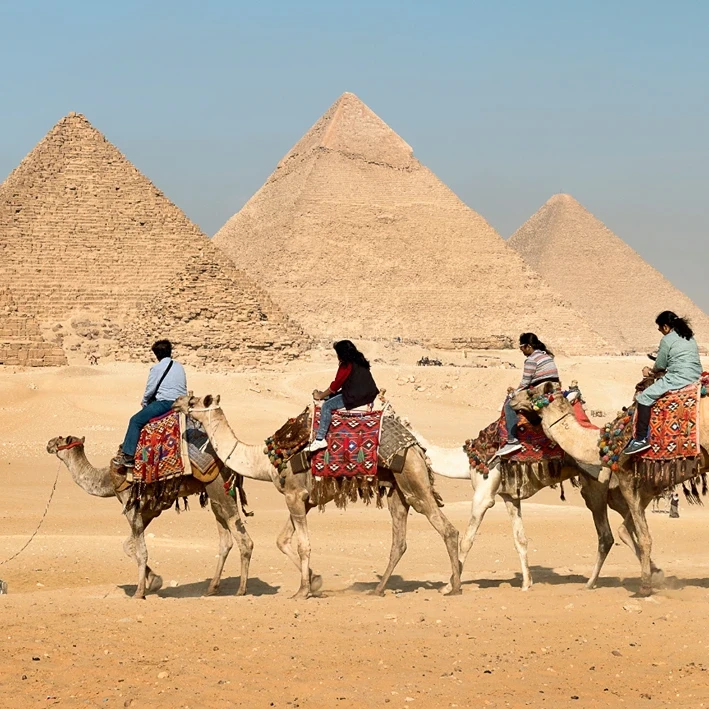When is the best month to visit Morocco? Passionate travelers often debate this topic fervently, each swearing allegiance to a different season. With its diverse climates and landscapes, Morocco offers unique experiences in various times of the year. This guide will break down the ideal months for visiting, providing insights into weather trends and crowd levels. Read on to discover the benefits of traveling to Morocco in April, May, September, October, and November, and ensure you make the most of your Moroccan adventure.
Table of Contents
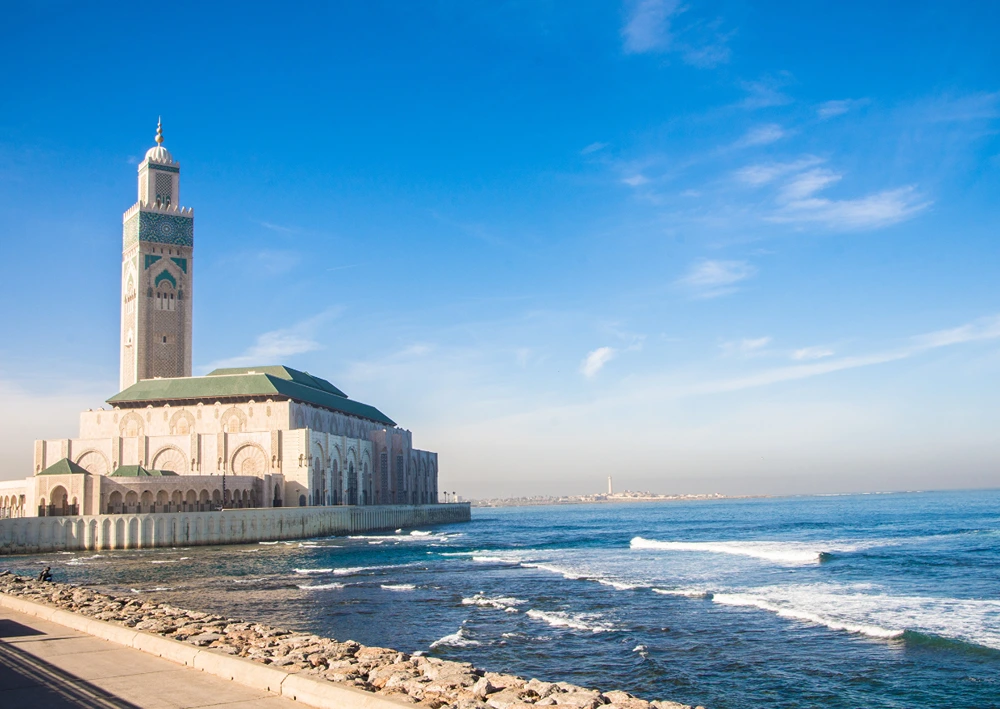
Best Months to Visit Morocco
The best months to visit Morocco are April, May, September, October, and November. These months offer a combination of pleasant weather and manageable tourist crowd levels, making them ideal for exploring the country’s diverse landscapes and cultural attractions.
April and May are considered some of the most favorable months for travel to Morocco. During these spring months, temperatures are mild, ranging from 60°F to 80°F (15°C to 27°C), and the weather is predominantly sunny. This period is perfect for outdoor activities such as hiking in the Atlas Mountains, exploring the ancient medinas, and enjoying the blooming landscapes. Additionally, May often features a range of cultural events that provide a deep dive into Moroccan traditions.
September and October provide another excellent window for visiting Morocco. The weather remains warm, with temperatures averaging between 70°F and 85°F (21°C to 29°C). These months are particularly appealing because the summer tourist rush has subsided, allowing for a more relaxed and intimate experience. October’s mild temperatures are perfect for outdoor pursuits like camel trekking in the Sahara Desert and strolling through the historic streets of cities like Fez and Marrakech.
November offers a unique blend of experiences, thanks to its diverse landscapes and pleasant weather. Temperatures during this month range from 55°F to 75°F (13°C to 24°C), making it comfortable for various activities. Visitors can enjoy the serene beauty of Morocco’s coastal towns, the vibrant colors of the changing foliage in the mountains, and the captivating experiences in the desert regions.
- April: Pleasant temperatures, blooming landscapes.
- May: Warmer weather, cultural events.
- September: Warm weather, fewer tourists.
- October: Mild temperatures, ideal for outdoor activities.
- November: Diverse landscapes, captivating experiences.
Xpat Journeys offers detailed travel plans for these months.
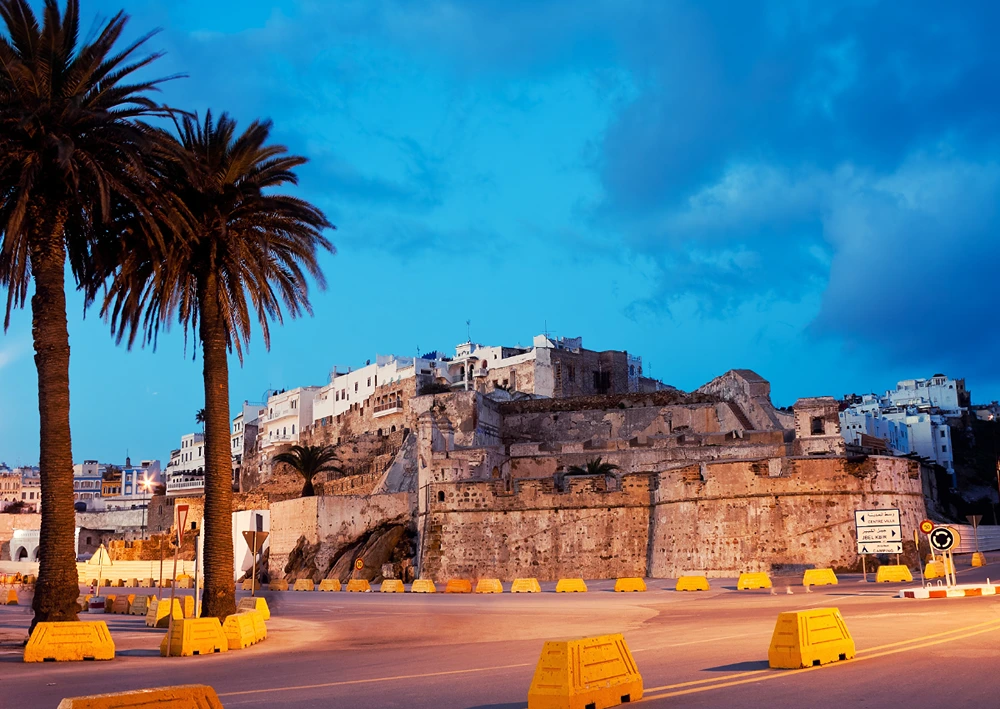
Seasonal Weather in Morocco
Morocco experiences four distinct seasons, each offering different weather conditions and travel opportunities. The country’s diverse geography means that climatic variations can be quite pronounced depending on the region. Understanding these seasonal patterns is crucial for planning an optimal visit.
Summer, from June to August, is the hottest period, particularly in the Sahara Desert where temperatures can soar above 104°F (40°C). Coastal cities like Casablanca and Tangier remain relatively cooler due to the Atlantic Ocean’s influence, making them more bearable during the summer heat. However, the inland cities such as Marrakech and Fez can reach extreme highs, making outdoor activities challenging.
Fall, spanning from September to October, offers milder weather with daytime temperatures ranging from 70°F to 85°F (21°C to 29°C). Cooler nights provide relief, making this period ideal for exploring cities and engaging in outdoor activities. The summer tourist rush diminishes, allowing for a more relaxed travel experience.
Winter, from November to March, brings a mix of conditions. Coastal regions and cities like Casablanca experience mild winters with temperatures around 55°F to 65°F (13°C to 18°C). The Atlas Mountains, on the other hand, can see snowfall, turning them into a hub for winter sports. Inland cities like Fez and Marrakech have cooler days and chilly nights, making it a good time for cultural excursions.
Spring, from April to May, is one of the most pleasant times to visit Morocco. Temperatures range from 60°F to 80°F (15°C to 27°C) and the weather is predominantly sunny. This season is perfect for hiking, exploring ancient medinas, and enjoying the country’s blooming landscapes. The mild climate makes it one of the best periods for outdoor activities.
| City | Summer Avg Temp (°C) | Fall Avg Temp (°C) | Winter Avg Temp (°C) | Spring Avg Temp (°C) |
|---|---|---|---|---|
| Marrakech | 38 | 29 | 18 | 25 |
| Casablanca | 25 | 22 | 17 | 20 |
| Fez | 36 | 28 | 16 | 24 |
| Tangier | 30 | 25 | 15 | 21 |
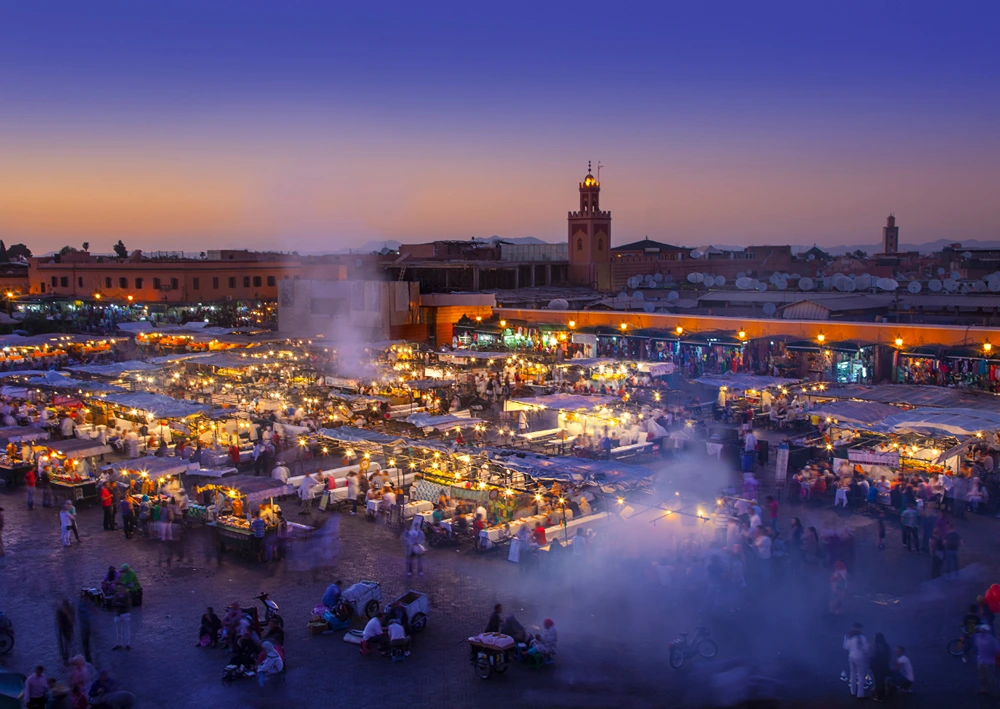
Best Time to Visit Moroccan Cities
Timing is crucial when planning a visit to Moroccan cities due to the varied climate and tourist crowd levels across different seasons. Understanding the best periods to visit each city can enhance your travel experience and ensure optimal weather conditions.
Marrakech is best visited from September to May, offering moderate temperatures that make outdoor explorations enjoyable. Casablanca, with its mild weather year-round, shines most in spring and fall. Fez experiences its best weather from March to May and September to November, providing comfortable conditions for sightseeing. To make the most of your trip, consider exploring the best places to visit in Morocco, each offering unique experiences and breathtaking sights. Chefchaouen, known for its blue-washed buildings, is ideal in spring and fall when the weather is perfect for leisurely strolls.
Essaouira, a coastal city, is best enjoyed during the summer months of June to August, making it an excellent destination for seaside activities. Tangier offers the finest conditions in late spring and early fall, avoiding the peak summer heat. Rabat, the capital, boasts pleasant weather throughout the year, but spring and fall remain the optimal times for visiting.
- Marrakech: September to May
- Casablanca: Spring and fall
- Fez: March to May, September to November
- Chefchaouen: Spring and fall
- Essaouira: June to August
- Tangier: Late spring and early fall
- Rabat: Spring and fall
Best Time for Outdoor Activities in Morocco
Morocco offers a wide range of outdoor activities that cater to different interests, from hiking and desert exploration to mountain trekking and beach holidays. The country’s diverse landscapes and climate conditions make it essential to choose the right season for each activity to ensure an enjoyable experience.
The best time for hiking in Morocco is from September to November and March to May. During these months, temperatures are moderate, ranging from 60°F to 80°F (15°C to 27°C), making it comfortable for long treks, especially in the Atlas Mountains. For those who prefer exploring by car, discovering the best road trips in Morocco can provide an unforgettable adventure through scenic routes and hidden gems. Spring and fall are also ideal for hiking because the weather is generally sunny and dry, allowing for uninterrupted outdoor adventures.
For desert exploration, particularly in the Sahara, the optimal period is from November to February. This timeframe helps avoid the extreme heat that can make daytime activities unbearable. During these cooler months, temperatures in the desert range from 50°F to 70°F (10°C to 21°C), providing a more comfortable setting for camel trekking and other desert excursions.
Mountain trekking in the Atlas Mountains is best during spring and fall. These seasons offer more temperate weather conditions, making it easier to navigate the rugged terrain and enjoy the stunning vistas. The mild temperatures and lower risk of snowfall or extreme heat allow for safer and more enjoyable trekking experiences.
Beach holidays are best enjoyed during the summer months of June to August. Coastal cities like Essaouira and Agadir offer pleasant beach weather with temperatures around 75°F to 85°F (24°C to 29°C). These months are perfect for water sports, sunbathing, and exploring the coastal regions.
- Hiking: September to November, March to May
- Desert exploration: November to February
- Mountain trekking: Spring and fall
- Beach holidays: June to August
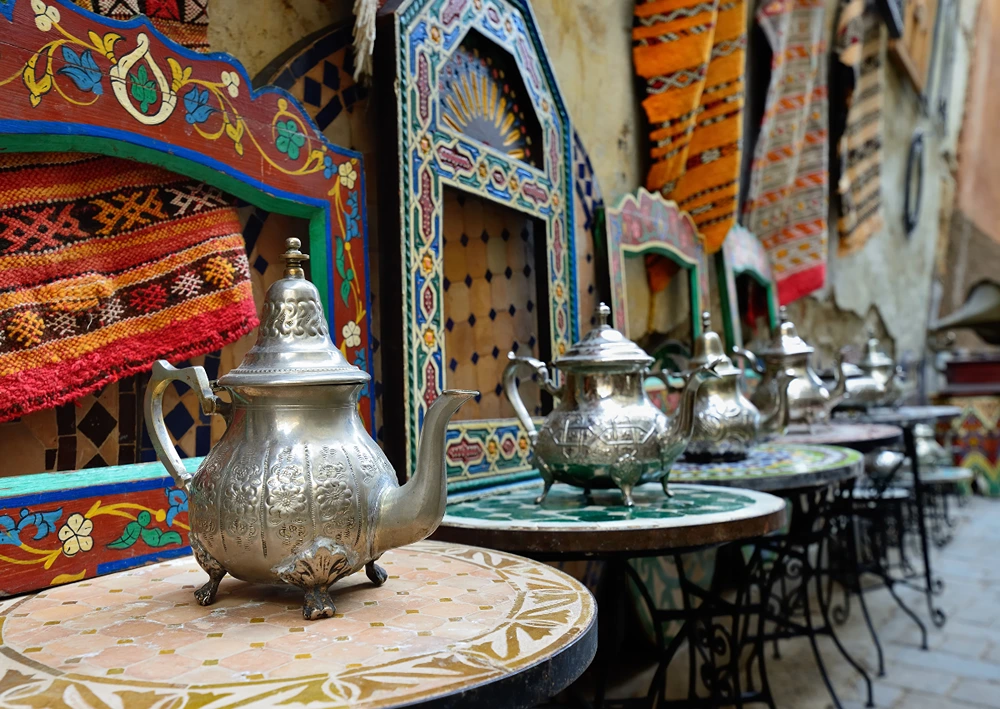
Moroccan Festivals and Events by Season
Festivals and events in Morocco offer a deep dive into the country’s rich cultural heritage and traditions. These celebrations are not just gatherings but are pivotal in showcasing Morocco’s diverse history, art, and music. Participating in these events provides an immersive experience that goes beyond typical sightseeing.
From June to September, Morocco hosts some of its most renowned festivals. The Fez Festival of World Sacred Music, held in June, features performances from global artists and celebrates spiritual music. Essaouira’s Gnaoua World Music Festival, also in June, brings a fusion of traditional Gnaoua music with contemporary genres, making it a vibrant event. This period is ideal for festival-goers seeking lively atmospheres, though it’s essential to prepare for the summer heat.
From December to February, Morocco sees various celebrations that mark the winter season. Christmas and New Year bring festive cheer, especially in regions with a significant expatriate community. January is notable for Yennayer, the Amazigh New Year, which celebrates Berber culture with traditional music, dances, and feasts. Ramadan, whose dates vary annually, offers a unique experience with its quiet days and lively nights, culminating in the festive Eid al-Fitr.
- Fez Festival of World Sacred Music: June
- Essaouira’s Gnaoua World Music Festival: June
- Yennayer, Amazigh New Year: January
- Ramadan: Dates vary annually
Avoiding Peak Tourist Seasons in Morocco
The peak tourist season in Morocco spans from mid-May to mid-October. During this period, travelers face higher prices and crowded attractions, especially in popular destinations like Marrakech and Fez. This surge in tourism can make it challenging to fully enjoy the cultural and natural beauty of the country.
For those looking to avoid the hustle, the best times to visit Morocco are in late fall (November) and early spring (March). These months offer more moderate weather and fewer tourists, providing a more relaxed experience. Another excellent time to explore Morocco is during Ramadan. Though some services may be limited, the overall atmosphere is quieter and more peaceful, allowing for a unique cultural immersion.
- Visit in late fall (November) or early spring (March)
- Explore during Ramadan for a quieter experience
- Use Xpat Journeys for personalized travel plans to avoid peak seasons
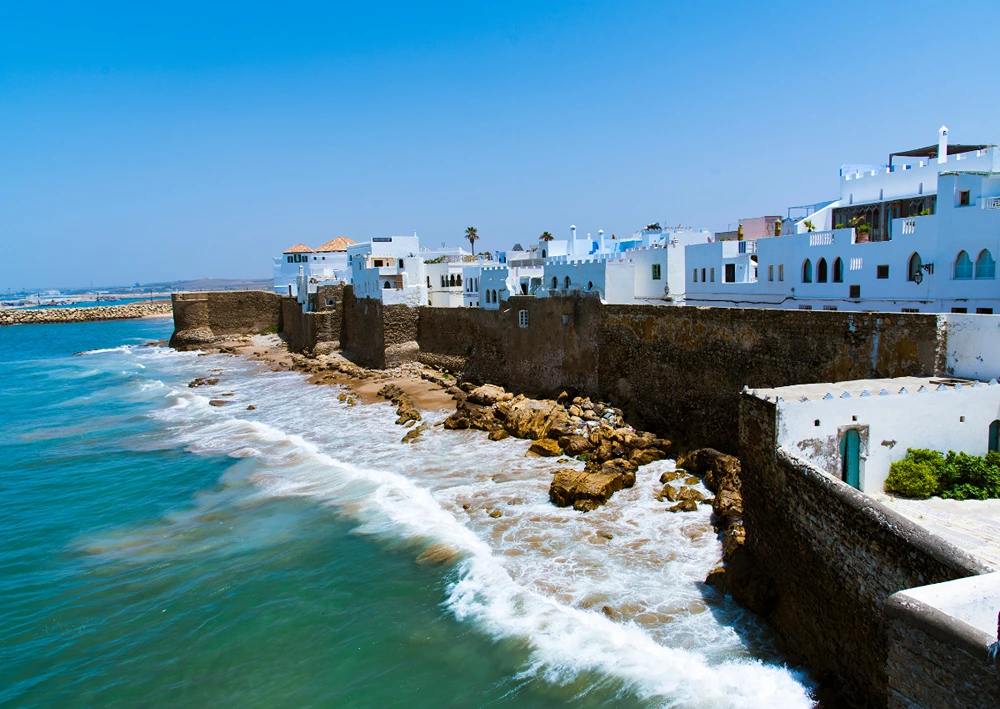
Final Words
In the action, exploring the best time to travel to Morocco reveals that April, May, September, October, and November are ideal for their pleasant weather and fewer tourists.
Understanding the seasonal weather helps in planning activities like hiking, desert exploration, and city visits. Spring and fall consistently offer the most comfortable conditions.
Leveraging this information can enrich any trip to Morocco, ensuring optimal experiences and fewer crowds. Whether visiting bustling cities or tranquil deserts, identifying the best times enhances the journey. Before planning your trip, make sure to check the visa requirements for Morocco to ensure a smooth and hassle-free travel experience.
FAQ
Hazel Wall is a passionate traveler, writer, and explorer dedicated to sharing her experiences and insights with fellow adventurers. With a background in journalism and a deep love for discovering new cultures, Hazel has journeyed across continents, immersing herself in diverse landscapes and traditions.


